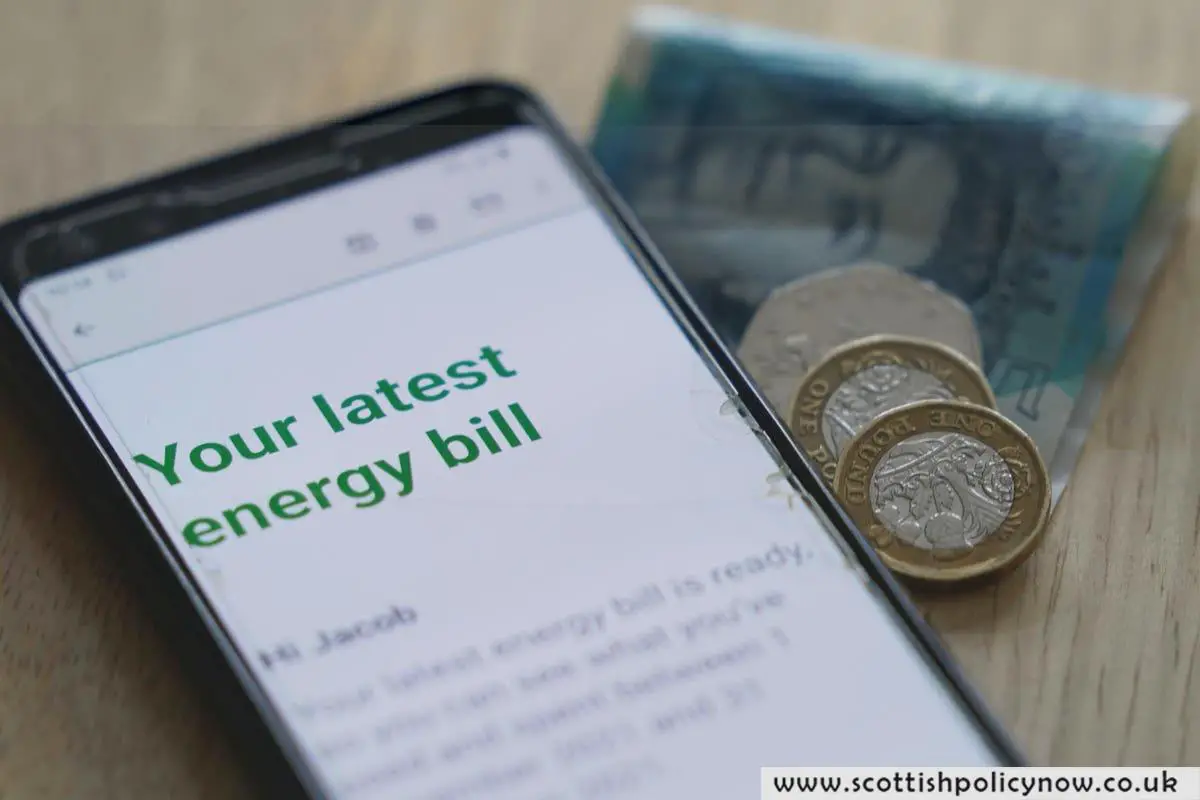Ofgem’s now pondering over a “flexible” price cap that varies with the time households consume energy, they’ve announced.
The watchdog’s set off a discussion on how the price cap should evolve, eyeing a “dynamic cap” with prices changing based on when energy’s used, to nudge customers toward using energy more smartly.
Ofgem points out that a grid leaning more on renewables could mean good news for folks who shift their energy use, cutting down overall costs.

With more homes switching to time-based tariffs, keeping a one-size-fits-all cap could get tricky.
Come 2025, with half-hour settlements – courtesy of smart meters tracking energy use every 30 minutes – there’s likely a spike in clever tariffs which pat consumers on the back for flexible power use.
This setup means savings could come when there’s an uptick in renewable power, like extra windy or sunny times.
Other ideas are on the table too, like caps directed at specific needs, say vulnerability, or caps that play by market rules – think limits on the price gap between default and market tariffs, capping what suppliers earn, or ditching the cap in favor of axing tariffs only for new sign-ups.
Ofgem’s saying the price cap’s been a champ at guarding customers against “loyalty penalties” – overpaying for sticking with default plans – and shielding them from the recent wild market and price spikes from the energy crunch.
With the energy retail market in flux – more folks changing their energy habits, hopping onto electric cars, heat pumps, and solar tech – Ofgem’s Tim Jarvis notes it’s time to rethink how things work.
“The price cap’s been key in protecting against loyalty penalties pre-cap, but with the shift to net zero, we realize our current setups may also need a shift,” Jarvis says.
“We’re taking a hard look at what’s been effective about the price cap and the hurdles we’ve seen, while also eyeing how consumers down the road will interact with and pay for their energy to ensure we craft solutions that look out for consumers far and wide.
“We’re in this together with the government, industry, consumer advocates, charities, and the public to shape the future of price regulation. Our goal? To make sure the market’s fair game for all.”







